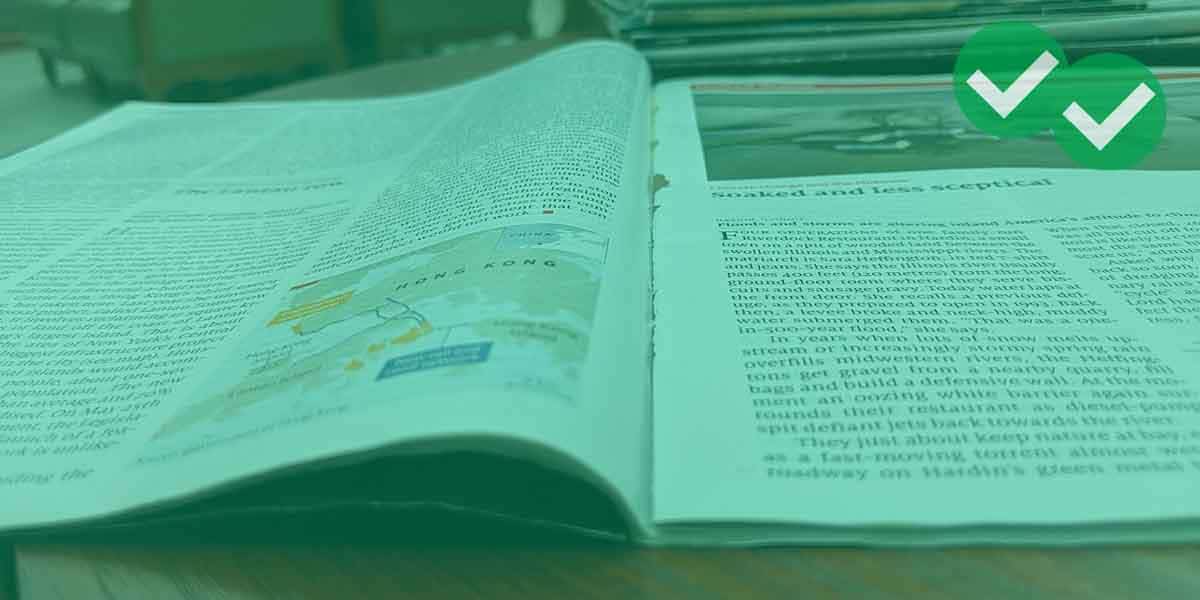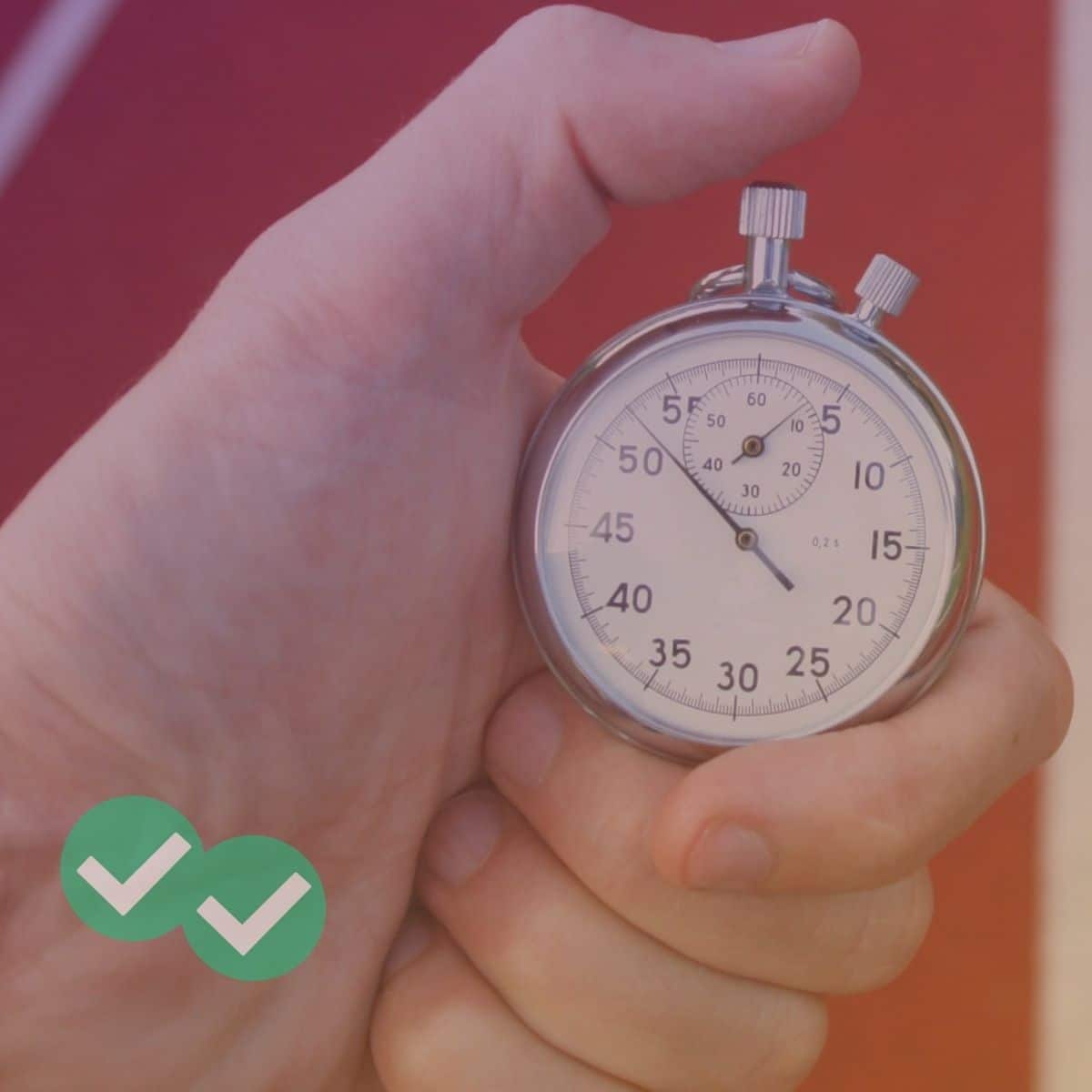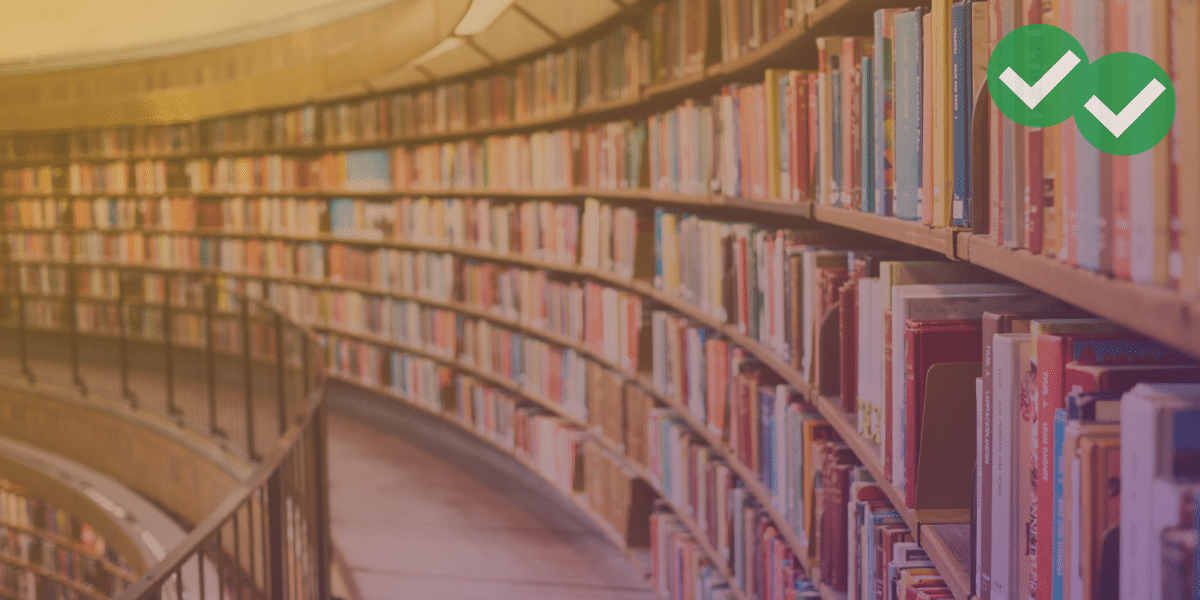
Get the most out of reading for the GMAT
Not surprisingly, one of the best ways to prepare for GMAT Reading Comprehension is simply to read. Not surprisingly, one of the best sources of reading as you prepare for business school is a weekly news magazine called The Economist. The Economist is one of the most intelligent weekly journals in print, and it brings a highly sophisticated perspective to all issues affecting micro- and macroeconomics. Its articles explore economics, politics, demographics, technology, etc. It targets the highly intelligent. If you can understand tone and implication in Economist articles, you will have absolutely no problem with these tasks on GMAT Reading Comprehension. If you read The Economist regularly between now and the time you take the GMAT, the familiarity you glean with national and world issues also might serve you well on tackling an AWA Issue or Argument Essay. If you make a habit of reading it, that will give you an edge in business school, and after that, and edge in the business world.
How to Practice for GMAT RC
All that’s great, but how do you get the most out of reading The Economistit right now for GMAT Reading Comprehension? Here are my suggestions:
1) Read actively, with paper and pencil. Practice summarizing briefly each paragraph, writing this in shorthand on paper, just as you will write on the notepad on test day.
2) Always summarize for yourself, in ten words or fewer, the main idea of the article, then double check that each paragraph plays a role in supporting that main idea.
3) Practice looking for “signal” words — (“although”, “however”, “but”, “nevertheless”, etc. etc.) —words that indicate a shift in the direction of the argument
4) Always ask yourself while reading: is this a neutral perspective, or is the author arguing for or against something? The Economist tends to have a balanced tone and a subtle wry sense of humor, so it’s a particularly good source for this, because it doesn’t hit you over the head with tone. Exactly what words and phrases in the passage provide the hints for tone and the author’s perspective?
5) Once you have sorted out the main idea & role of each paragraph, go back to some juicy or memorable detail — why did the author mention that? How does that detail support the paragraph? How does it support the main idea of the whole passage? (I can guarantee that every single syllable in the The Economist serves a specific purpose.)
6) Really advanced — pick an intriguing article and pretend you are GMAC. Write a set of 3-4 questions on this article. What would be particularly GMAT-like things to ask? You know they will ask for the main idea — can you come up with tempting-sounding decoys for wrong answer to that question? Can you formulate detail questions? tone questions? etc. The more you practice writing these question, and creating your own tempting-sounding wrong answers, the easier they will be to spot on test day.
Practice with Others
You can get even more out of this if you convince a couple of your friends to join you, forming an Economist-GMAT-RC study group. Imagine there are four people in such a group, and you all agree to read a particular article from The Economist. Let’s say you draw from a hat — one person has to create a main idea question, one has to create a tone question, one has to create a “purpose of this paragraph” question, and one has to create a detail question. Each person reads the article and creates his/her assigned question, and then the next time you meet, each person has three other questions to answer. One of the best ways to understand the logic of GMAT questions is to try to write them yourself!
Magoosh has a series of video lessons on GMAT Reading Comprehension. If you sign up for Magoosh and watch those lessons, and read The Economist weekly, and meet with friends to study those articles, you would become a GMAT Reading Comprehension pro, and by test day you would be handling this question type with ease.
Here’s a sample RC question from inside Magoosh.





